This is only my third visit to the Isle of Harris in the Outer Hebrides, over in the far north-west reaches of Scotland. It is enticing and enchanting, with a character all of its own. “Harris Revisited” is what I would call a “target-rich environment” from a photography perspective.
The history of Harris is well detailed on Wikipedia, so I won’t go into detail on that aspect of the place. Instead, I’ll focus on what you can do in a few hours of leisure time on a three-day trip where, as is often the case, photography takes second priority to marital harmony.
“Harris revisited” is a reprise of a trip my wife and I made twelve years ago after we dropped our youngest child at university to reward ourselves for parenting well done. One day, I’ll go back for a month and immerse myself deeply in a deeper photographic exploration.
Looking out west to Taransay. The nothingness with a hint of a mysterious island on the horizon, and the smooth tones, make for a lovely long-exposure blue hour photograph. As you look at it, the colours seem to change. The island anchors the shot, but everything else seems to swirl around it. Definitely my kind of image these days.
Harris revisited with a Q3 and others
My technical companions were my Leica Q3 (my review), Samsung S25 Ultra and DJI Mini 4 Pro. I also had my new Kingjoy tripod and Leofoto geared head with me, as well as my new and tiny Urth magnetic filters.
Our base (Mrs T and I) was Scarista House. If Harris was a dartboard, the Scarista area is the bullseye. Situated a short walk from Scarista beach, and as full of character as the island itself, it is the epitome of the term “boutique hotel”.
Luxury that’s lived in
Add in the superb set-menu food and really personal service, it is worth the money and the bits of peeling wallpaper or slightly dated bathroom fittings just add to the cosiness.
With a lot of walking planned during the day, “proper” photography activities were going to be severely limited. Thankfully, sunset was around 9pm, allowing for a properly tasty dinner at Scarista House first, then a gentle wander down to Scarista Beach to clear the head and watch the sun go down.
When Hebridean weather makes up its own mind
The first evening had low-lying cloud, with no dramatic sunset to speak of. Very Hebridean. Things just got gradually darker grey and blue. This is when it is important to have an open mind. Had I been eagerly awaiting a nuclear sunset, I’d have been disappointed. On the contrary, I was open to anything and got increasingly enthused the more I looked around me.
Looking to the left (south), with the dark tones of the hill of Ceapabhal covered in low cloud. I’m not so happy with this shot as it is slightly “messier” from a compositional perspective. I just couldn’t find a “clean” enough foreground, which I was to remedy a couple of evenings later.
There are a few things I had to consider when photographing at a beach like this. First and foremost is finding a composition that somehow conveys the feeling of being there. This can be quite a tricky task, especially when the beach is so long (well over a kilometre I reckon), and so uniform.
Stay awhile and watch the tide change
Once a composition is found, more practical considerations come to the fore, including the tripod sinking into the wet sand ruining long exposures. Add in rapidly changing light levels, and it becomes vital to stay alert and manually control the camera settings.
With some solid patches of sand finally located, and nobody else on the entire beach, I felt a sense of calm and peace. The sea was gently whispering up the sand, leaving behind reflective smoothness. Small channels had formed where the remains of the high tide meandered out to sea. The wind was pushing the clouds to the west. The whole scene warranted long exposures to reduce detail and amplify the tranquillity that I felt.
Follow the Golden Road
The following day dawned sunny, and after an epic breakfast including just-cooked porridge with local honey followed by smoked salmon and scrambled eggs, we climbed Caepabhal. The views as you head up are beautiful; however, we hit the dew point just near the summit and got socked in by very localised cloud. Not to worry, we just enjoyed looking at the scenery on the way down again.
We had decided to take a drive around the “Golden Road”, which is like a thin twisting eel, entwining the east side of Harris. It has an entirely different character to the beaches on the west side, with glacially smoothed three-billion-year-old exposed bedrock, hundreds of tiny inlets, and small settlements dotted about.
As usual, I was entranced by the abandoned cottages that can be found across the island. Since our previous visit in 2013, many of these on the west coast had been demolished and replaced by high-spec modern houses overlooking the beaches. Progress, I guess. On the east side, a lot remain, and it was a fun little photographic exercise to capture a few of them in monochrome (Q3 with Urth polariser, aperture priority and auto ISO).
Before dinner, I decided to revisit Northton salt marshes. This is a rather picturesque and beautifully formed area of channels and raised grassy “blobs” of land that had entranced me twelve years previously. I thought it would be interesting to try again. Salt marshes like this are very difficult to photograph as the shapes are extremely complex. If you can get some coherence in your composition, they can look magical.
Below is my “new versus old” comparison.
There’s good evidence in the progression of my photography here. Twelve years ago, I was just delighted by the scene itself, and photographed it from the roadside under interesting skies, getting the village of Northton in shot for context but ignoring the hill of Ceapabhal completely.
Capturing curves with long exposures
This time, I spent ages looking around on the marsh itself (after some fairly tricky hopscotch across the channels) to try to find a simple composition. The one I settled on has a lovely S-shape leading to the distant Ceapabhal, and a 60-second exposure smoothed everything out in the water to reduce distractions even further.
The only thing that bugs me is not having a continuous bright line up through the marsh. With my camera as high as I could get it on my rather tall tripod, I just couldn’t get the separation I wanted. I did pop my drone up to hover half a meter above my head, which got the composition I wanted, but not the long exposure, so I rejected that shot.
Send in the drones
While I’m on the subject of drones, I find them to be a vital photographic tool. I would appreciate a better camera and lens system on the larger DJI drones, but the Mini 4 Pro compensates by being tiny and brilliant. I zapped it off over the lagoon, got as low as I dared (obstacle avoidance is not good over water, and it is easy to fly too low and lose the drone into it.)
The ability to place a camera just about anywhere on a flying tripod is revelatory. Once I’d finished photographing the salt marsh, I noticed the perfectly still mirror-like surface of the lagoon beyond, just behind the dunes of Scarista beach. There was no wind. The tide was on its way out, with enough water to just cover the sand underneath.
It created some really nice images of the scene, looking towards the hills of north Harris and Lewis in the distance. The muted colours and minimalism works very nicely. I’m slightly in two minds about the dunes in the mid-distance, but I couldn’t move them, so c’est la vie.
When being local avoids a nightmare
A couple of days earlier, I had watched a Thomas Heaton video about the Salar Uyuni salt flats in Bolivia that are inundated with shallow water for a couple of weeks each year, attracting hundreds of photographers and their vehicles.
It looked like a nightmare, with everyone getting in everyone else’s way, cars driving across your carefully composed shot, and general mayhem. But I did enjoy the minimalist scenes that were there to photograph. And here was my own version of Salar Uyuni with nobody else around whatsoever.
Trouble was, it was quite far away, and I had just a few minutes to get a lot closer before the lagoon drained, leaving behind just sand. And the best composition was in the middle of the lagoon. Quick… unfold the drone and send it off. Bloody brilliant.
Dinner and hoping for an aurora nightcap
After another gastronomic delight at dinner (many huge and perfectly cooked langoustines and some lovely wine), I half-heartedly went to the beach quite late hoping for an aurora, but nothing showed, and I was rather tired after the day’s excursions. My head wasn’t in it, my mind wasn’t open, and I retired to bed.
The following day, our last full day on the island, dawned with sunshine and light cloud in the sky. The temperature was to go up to 19C, incredible for Harris in April. We drove up to Hùisinis to do a circular walk taking in the most ridiculous beaches you can imagine.
Harris revisited add a “Wow” factor
As they take some effort to get to, they are usually fairly quiet. We had just one other couple on “our beach” at Tràigh Mheilein. We stopped for a picnic lunch, just taking in the astounding view.
For longer walks like this, I take a smaller, lighter tripod. In my case, it is a carbon fibre Peak Design Travel Tripod. A very nice piece of gear, and surprisingly strong given how light it is. It takes the Q3 effortlessly, but I wouldn’t want to use it with a heavier rig.
Travelling light
It was a good job I was travelling light, as the walk itself was rather more strenuous than we’d imagined. The route profile looked fairly flat, but it was anything but flat.
It was also rather technical, with numerous random stones and rocks on the “path” meaning we had to spend most of the time looking at our next foot placement rather than at the fantastic views. A typical Scottish hill path, then. So plenty of stops were needed, but wow, it was worth it.
That evening, I headed out to Scarista beach again after yet another lovely dinner. This time I wasn’t focused on capturing an outstanding aurora — I was back to the creative, open-minded approach that I prefer, and which is quite challenging to get into.
Pressure vs learning to relax
When you’ve travelled somewhere and only have a limited time to take photographs, there can be a lot of self-imposed pressure. It’s easy to think that you simply have to create a mind-blowing portfolio shot from the trip. That pressure restricts creativity. I do this to myself a lot. Relaxed by the evening’s canapés and gratinated cod deliciousness, I was quite chilled and just decided to take a wander around.
The evening sky was crystal clear with not a single cloud to be seen. The tide was on its way out again (a falling tide is a great thing), and as on the first night, water was running out to sea in little channels. I decided to focus on these shapes and see what I could come up with.
Chasing the last light
I tried many compositions as the sun went down. Once it was below the horizon, things became even simpler, with no bright pinpoint light on the horizon. Move, adjust, shoot, examine another composition, move a tad further along the beach.
And then there it was. A sinuous s-shaped channel flowing out to sea, with the area beach above echoing the profile of the foothills of Ceapabhal in the distance so accurately it looks like a pure reflection. The teardrop-shaped sand “blobs” looked fluid and organic. Dark blue tones blended to lighter cyan and into orange on the horizon.
A perfect ending to Harris revisited
Just perfect. I shot it without filters, a ten-second exposure. That was it. I knew I wouldn’t get anything better. Beautiful.
To finish off, here are some “snaps” from the trip to give you a better idea of what the place is like. Click for larger. Don’t go to Harris. It’s mine. Hands off.
More from Andrew Tobin on Macfilos:
Make a donation to help with our running costs
Did you know that Macfilos is run by five photography enthusiasts based in the UK, USA and Europe? We cover all the substantial costs of running the site, and we do not carry advertising because it spoils readers’ enjoyment. Every amount, however small, will be appreciated, and we will write to acknowledge your generosity.

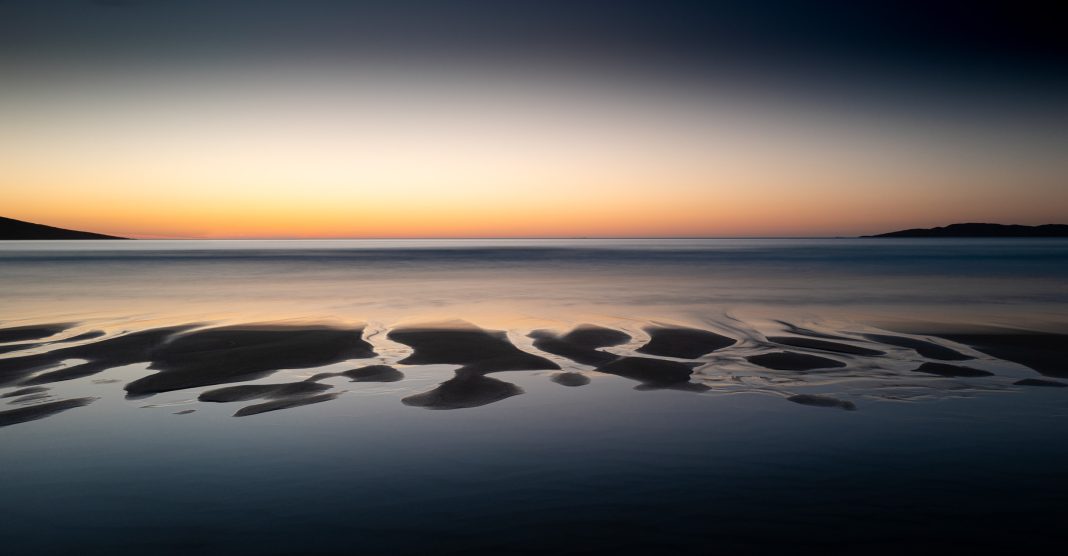
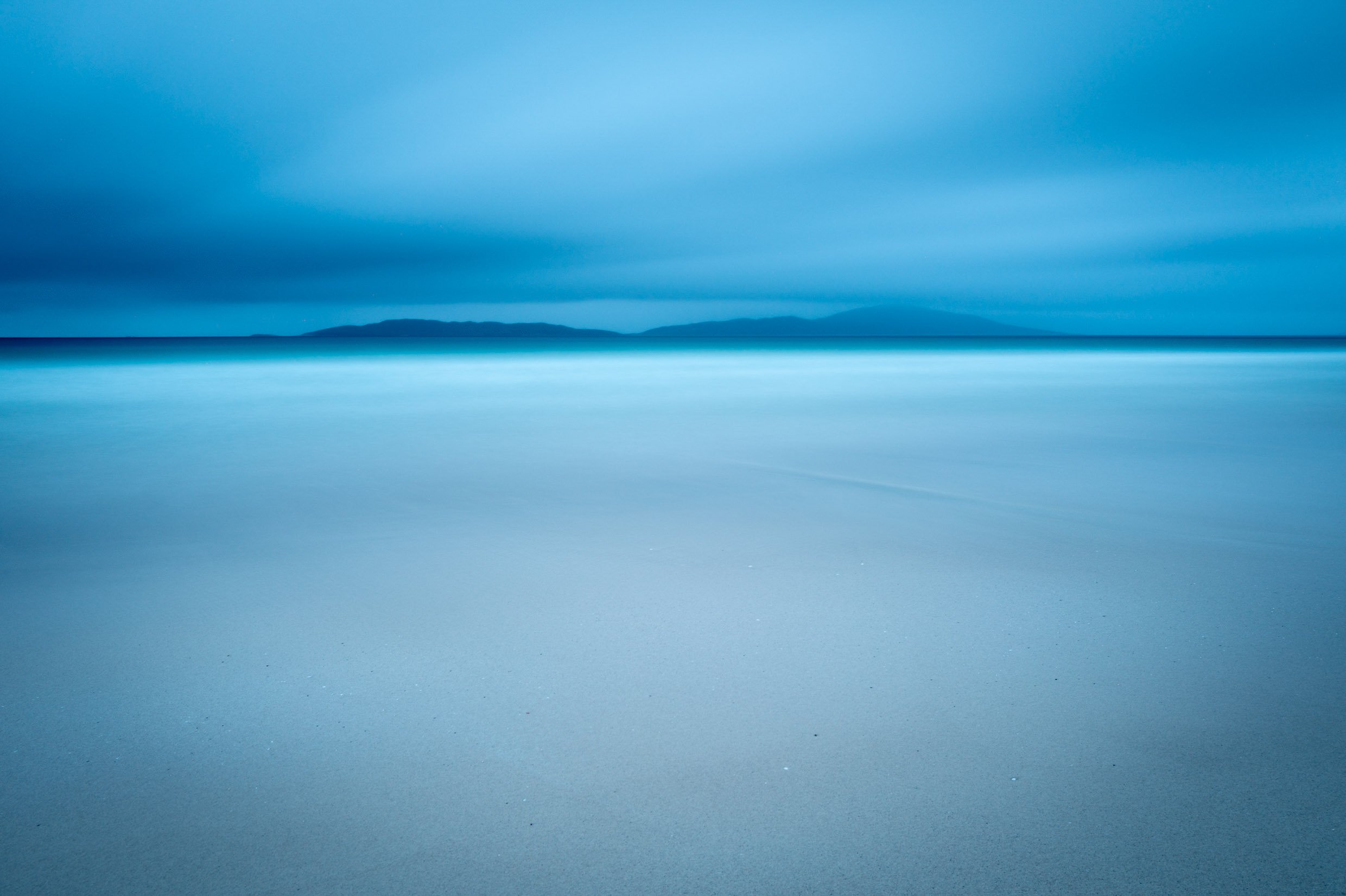
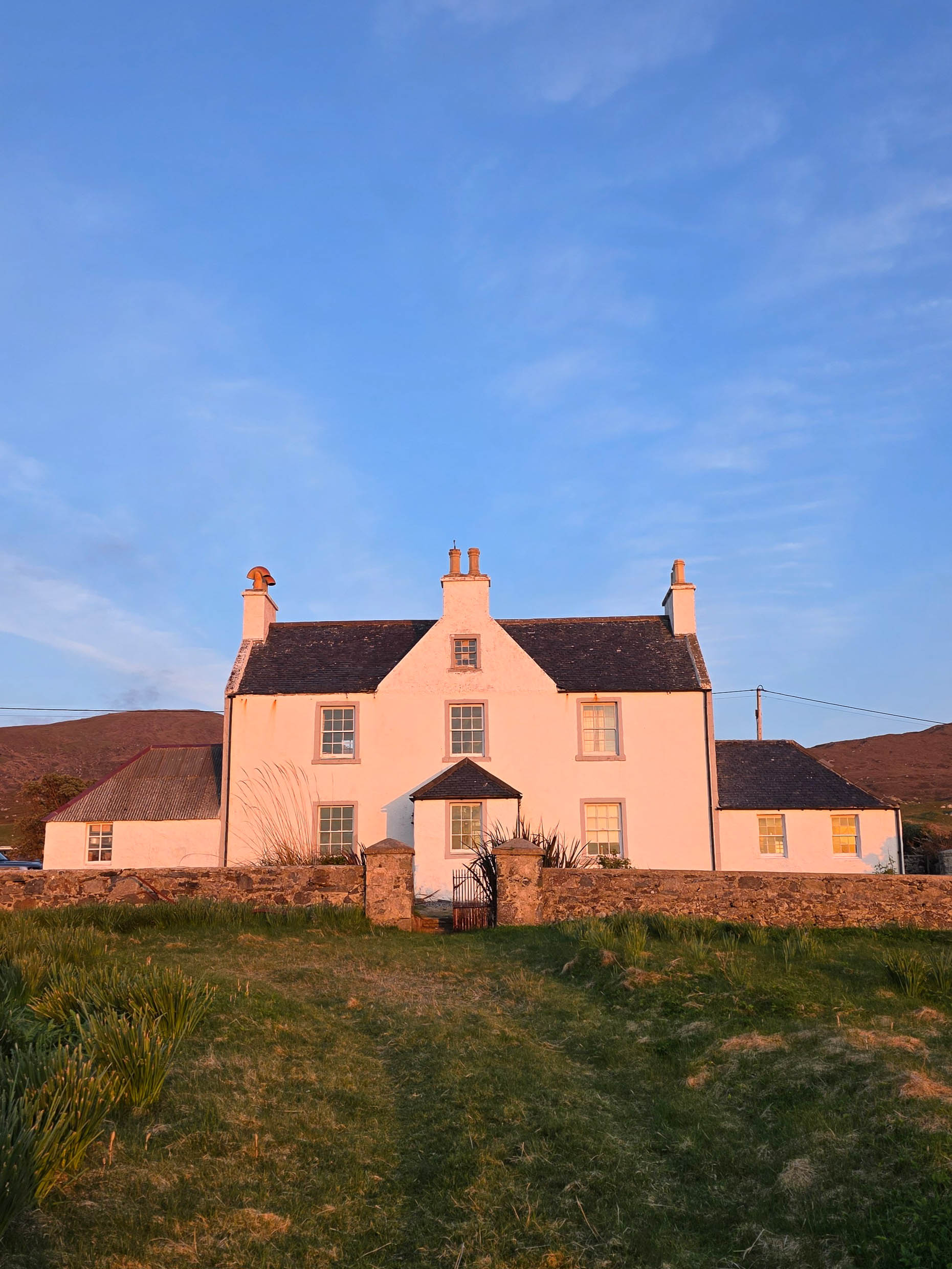
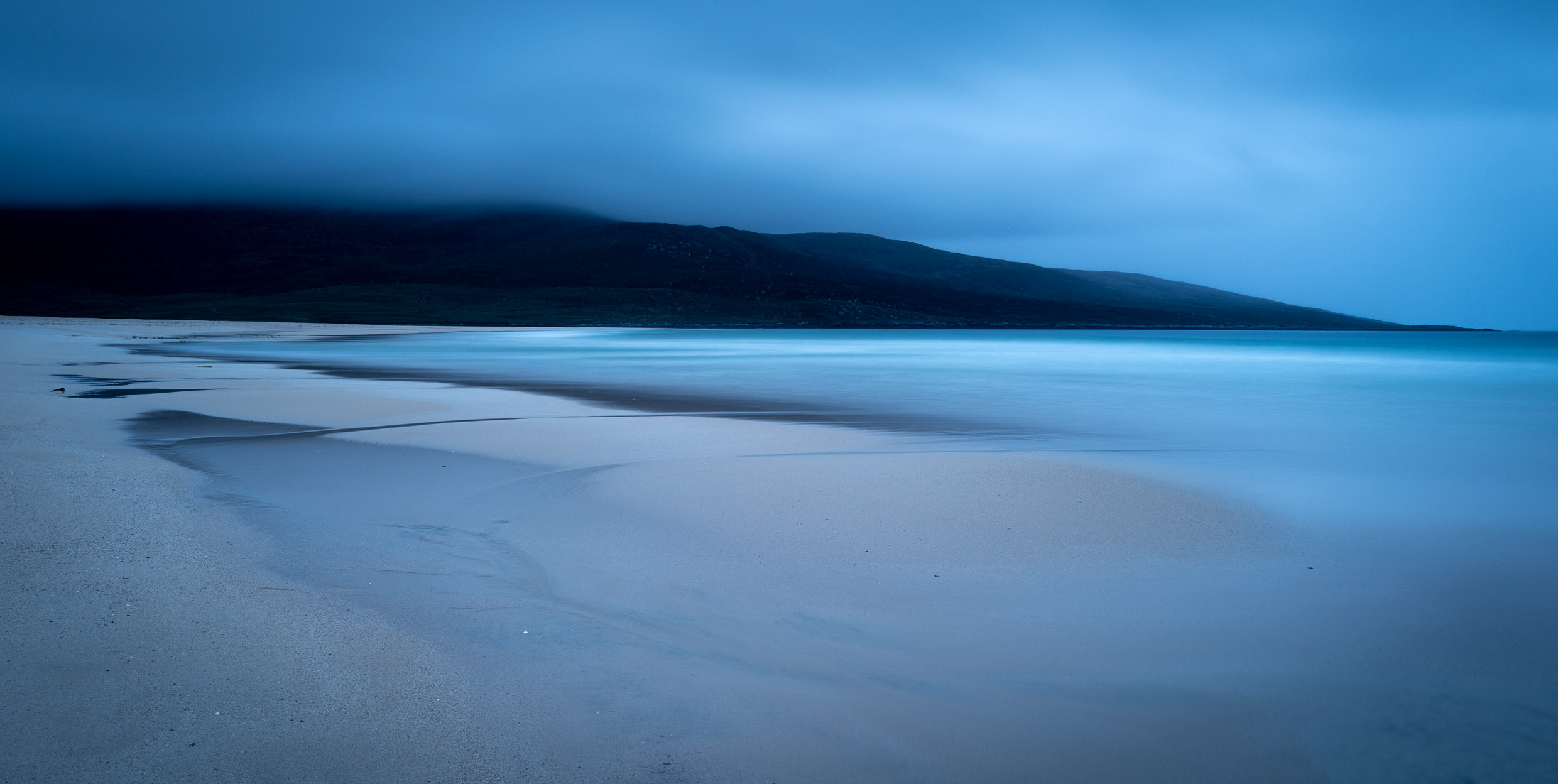
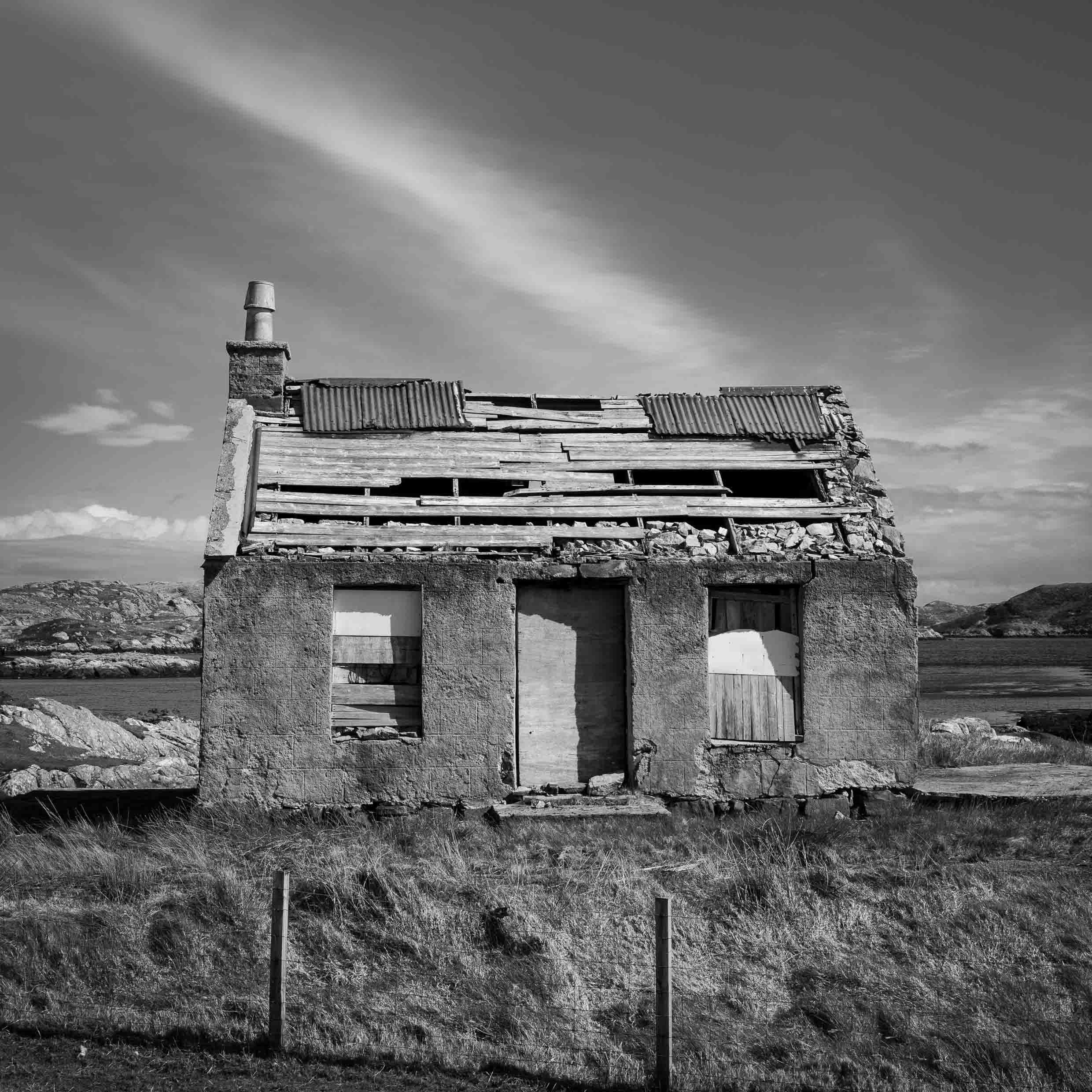
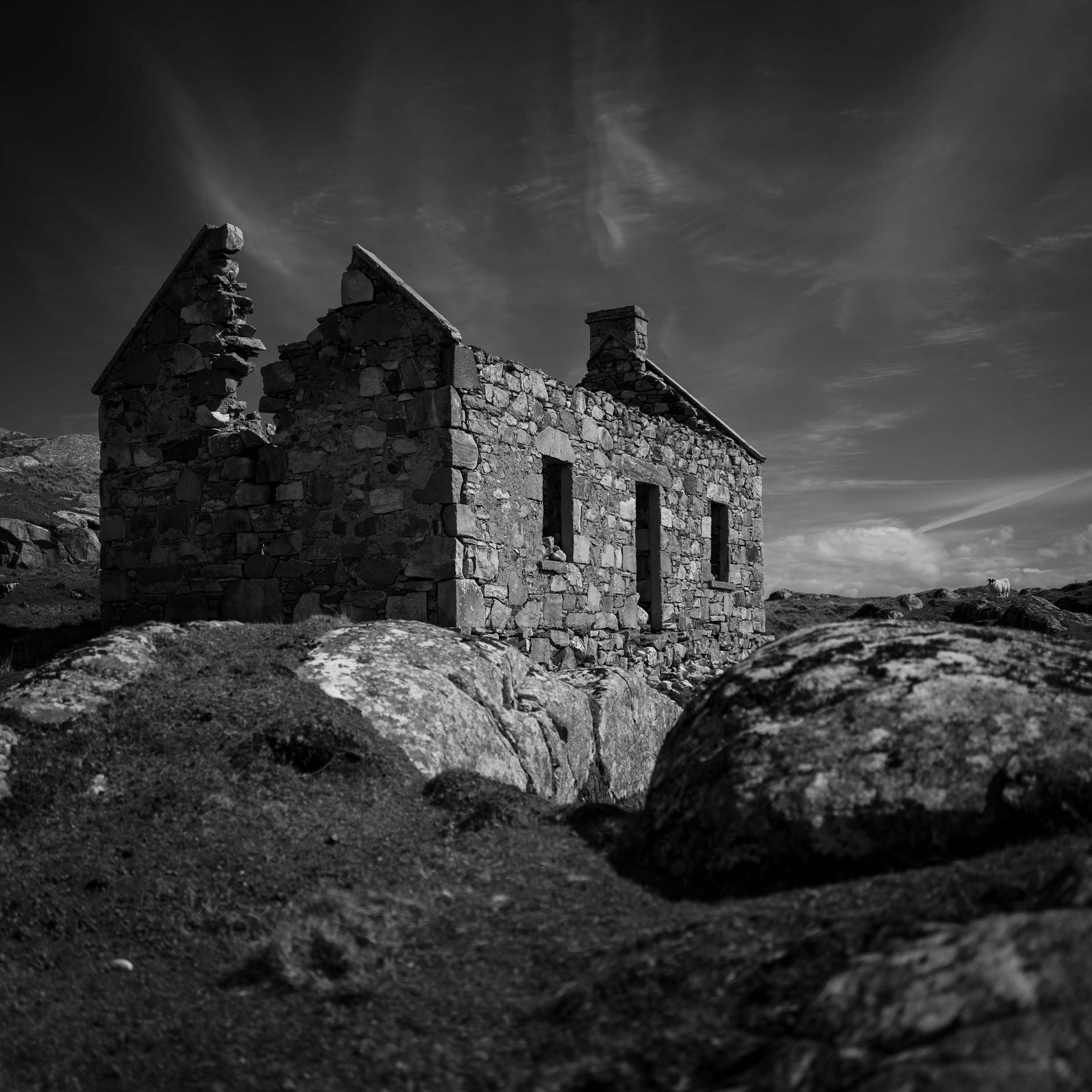
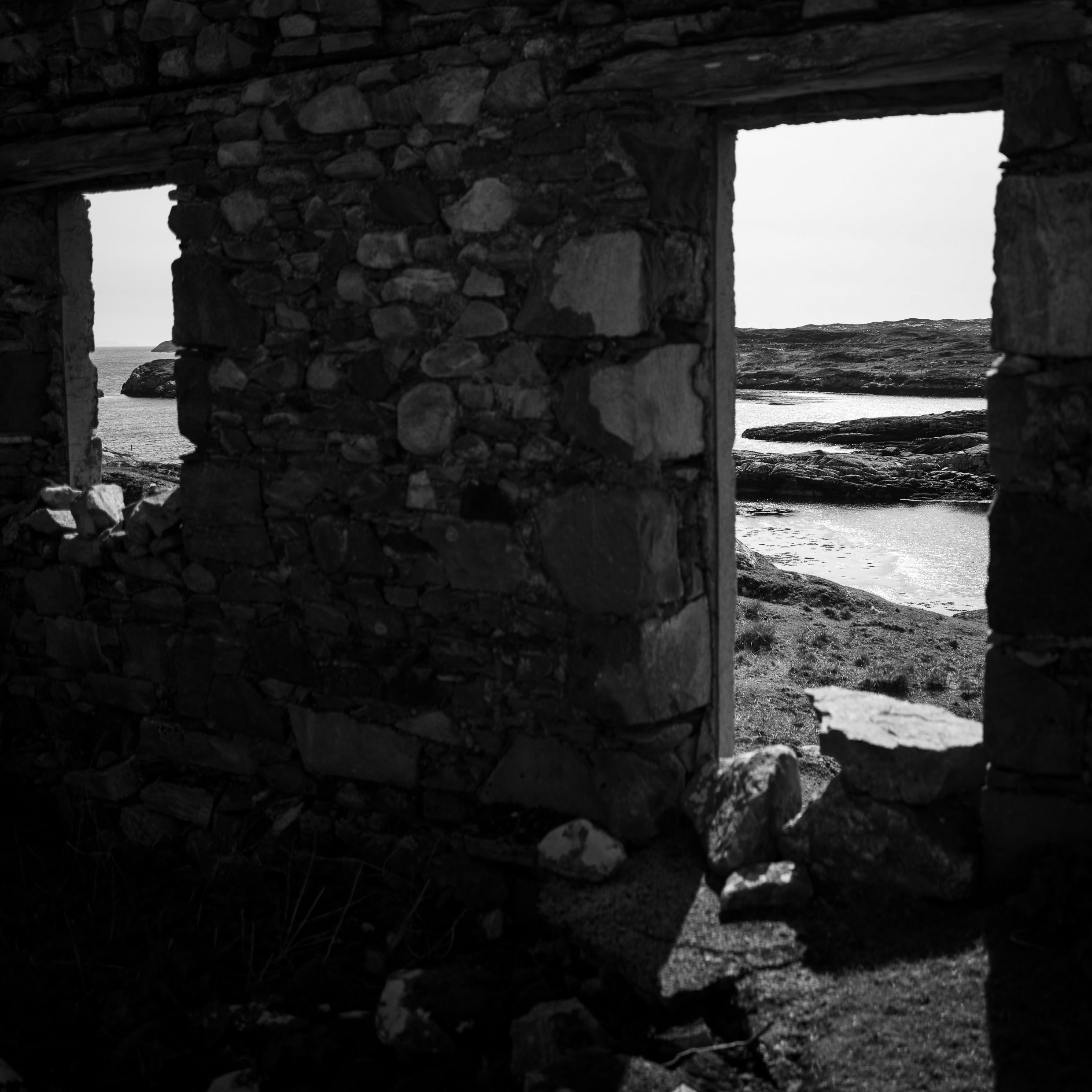
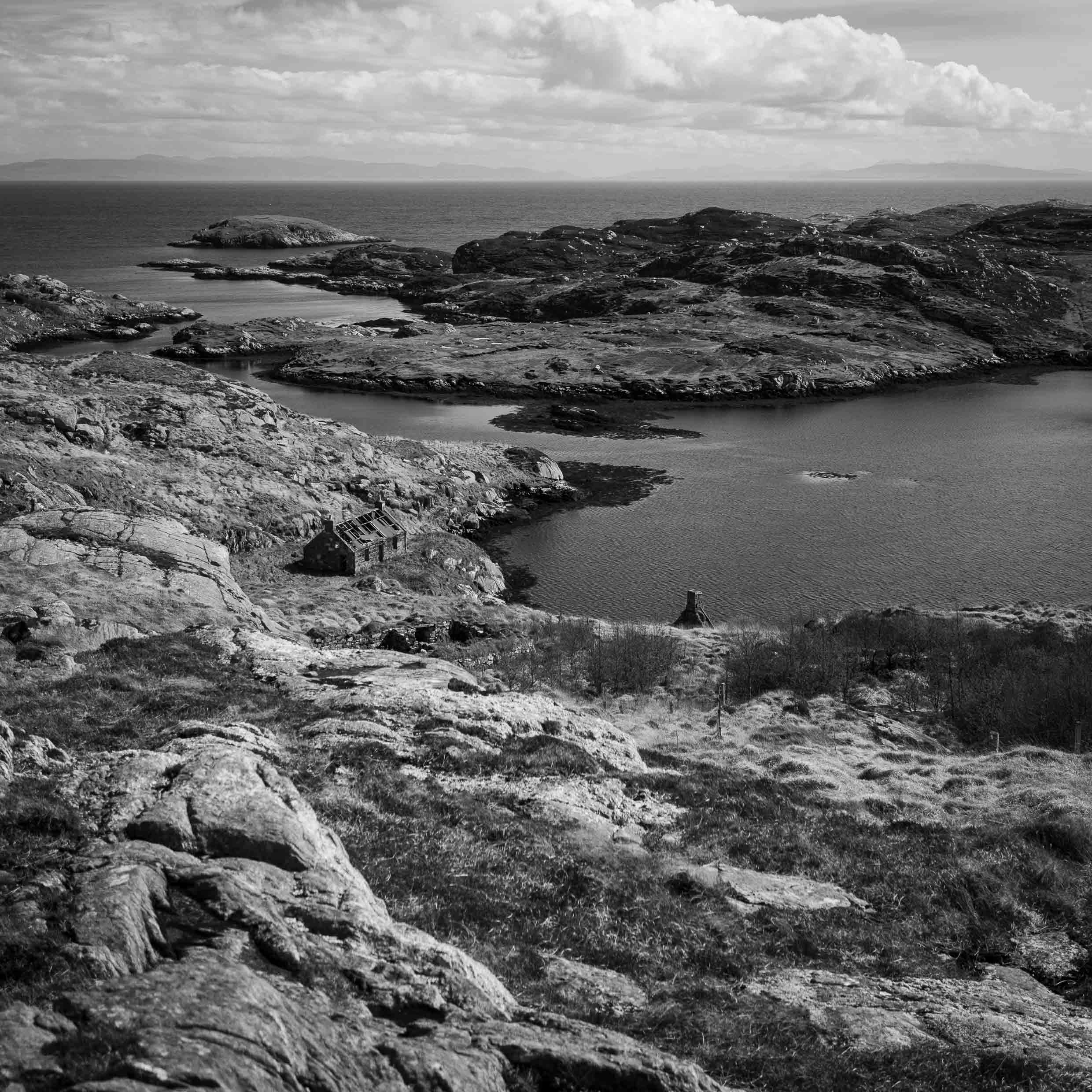
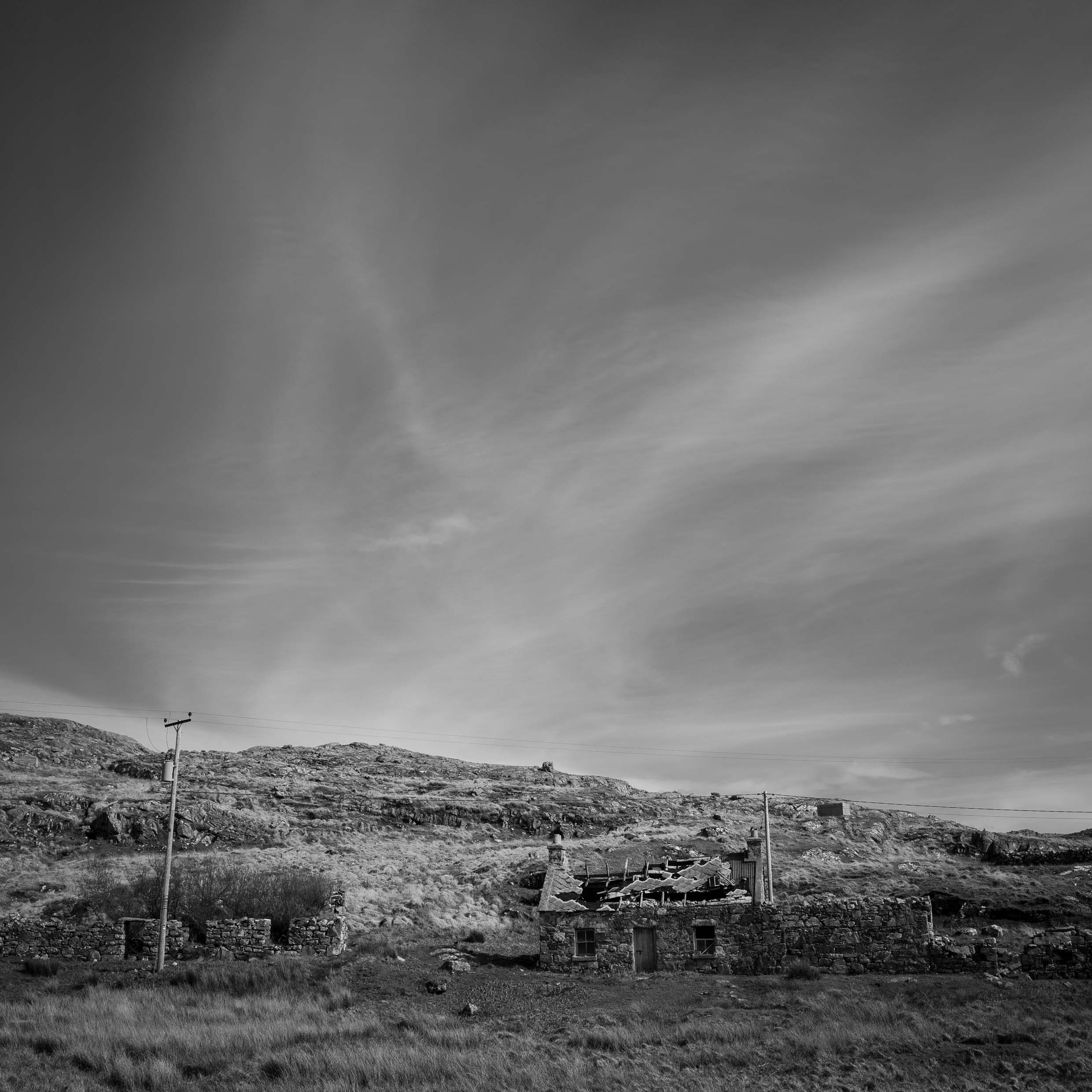
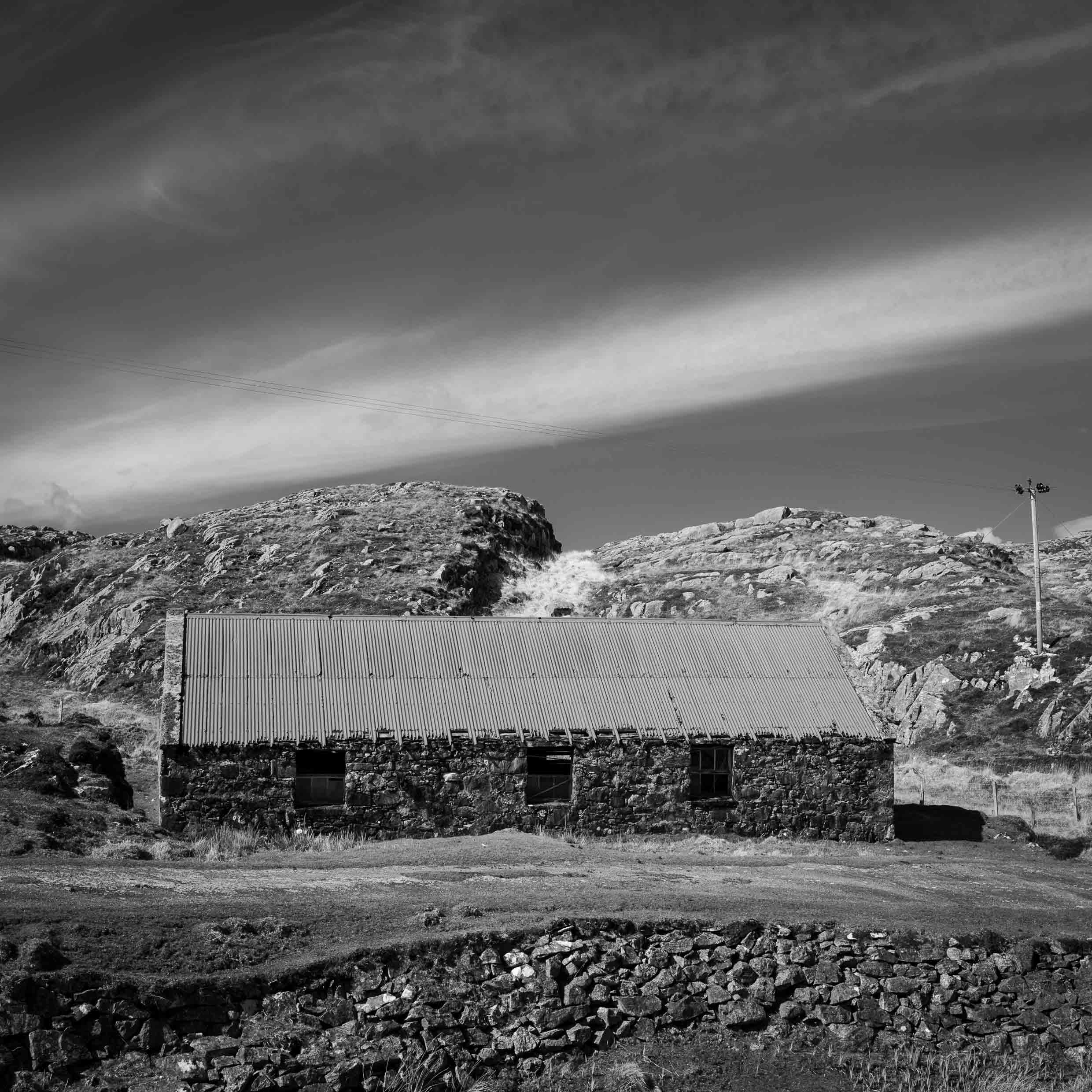
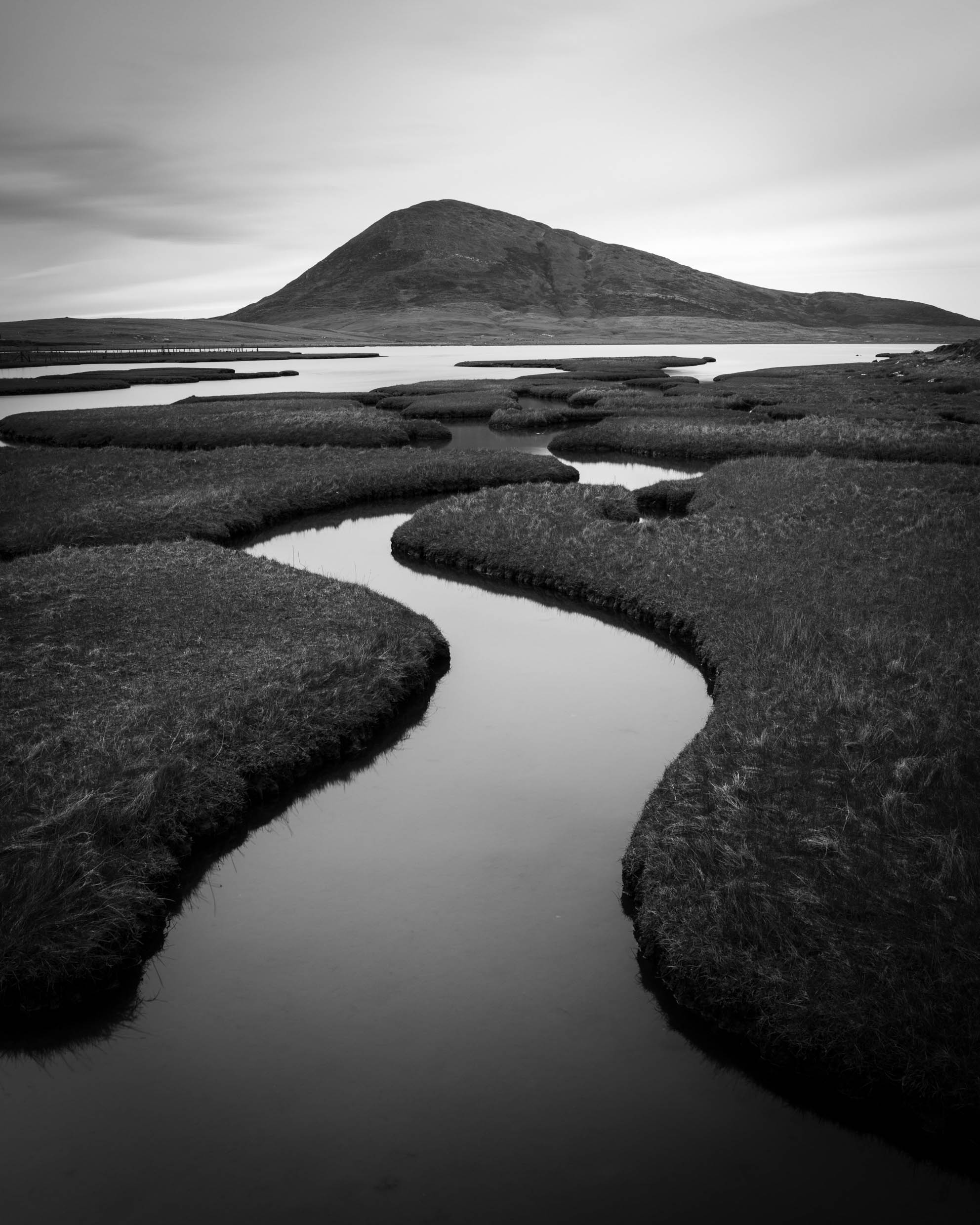
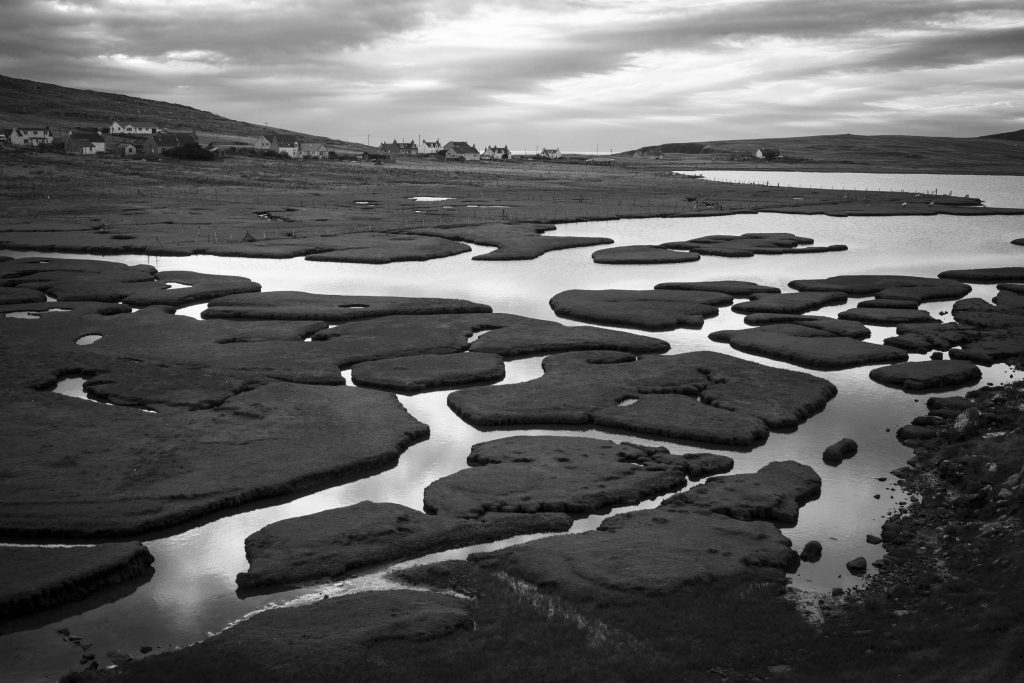
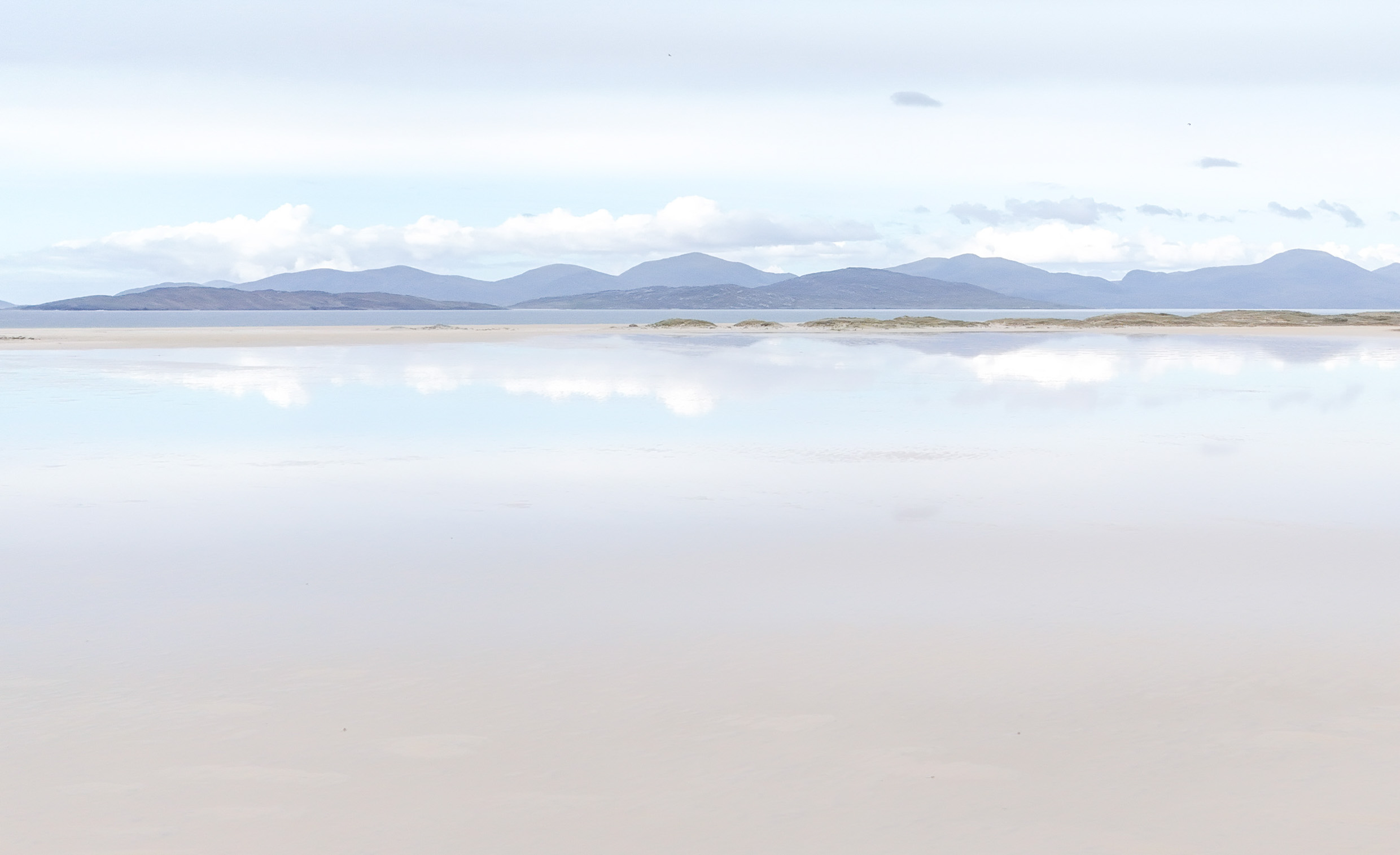
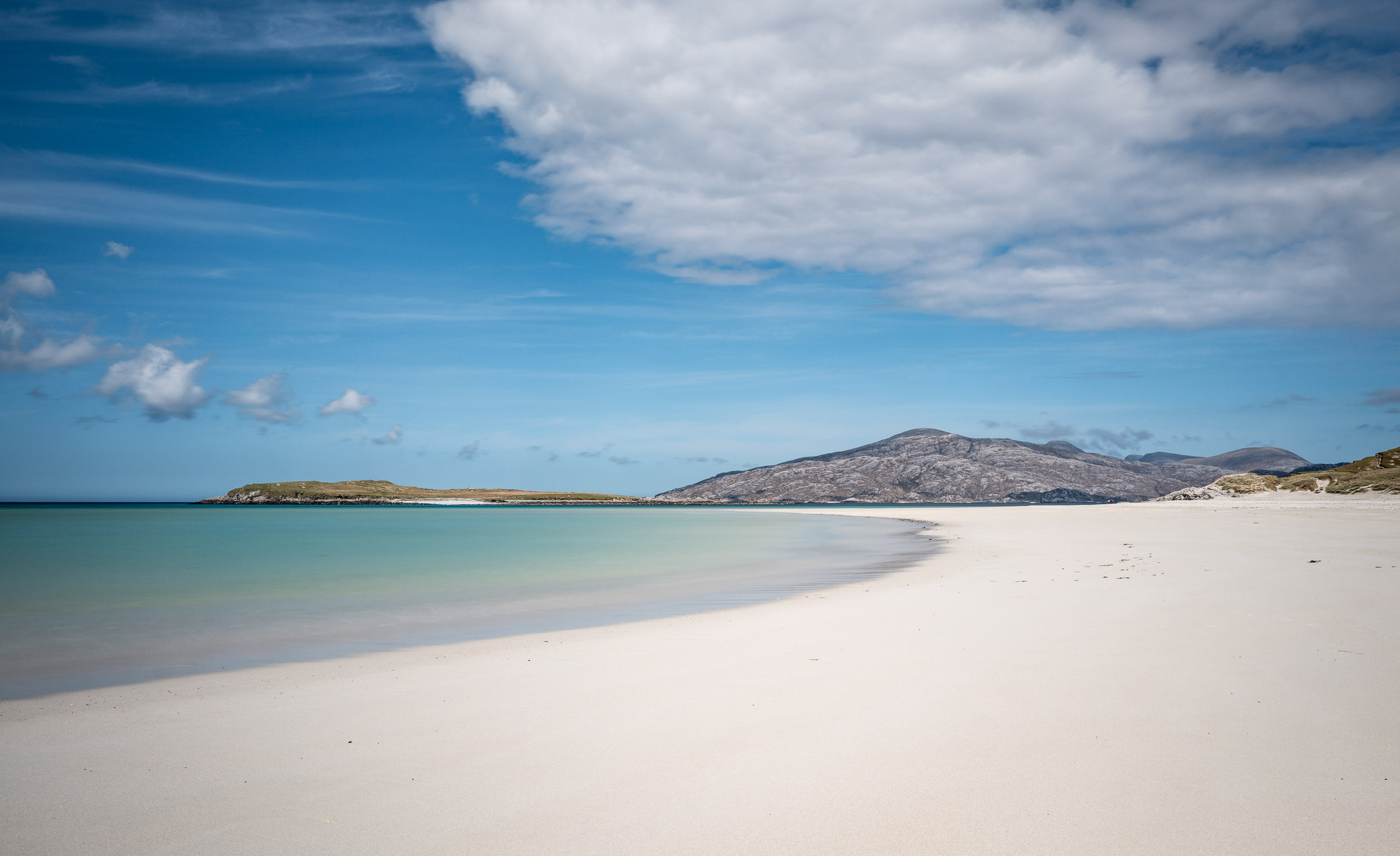
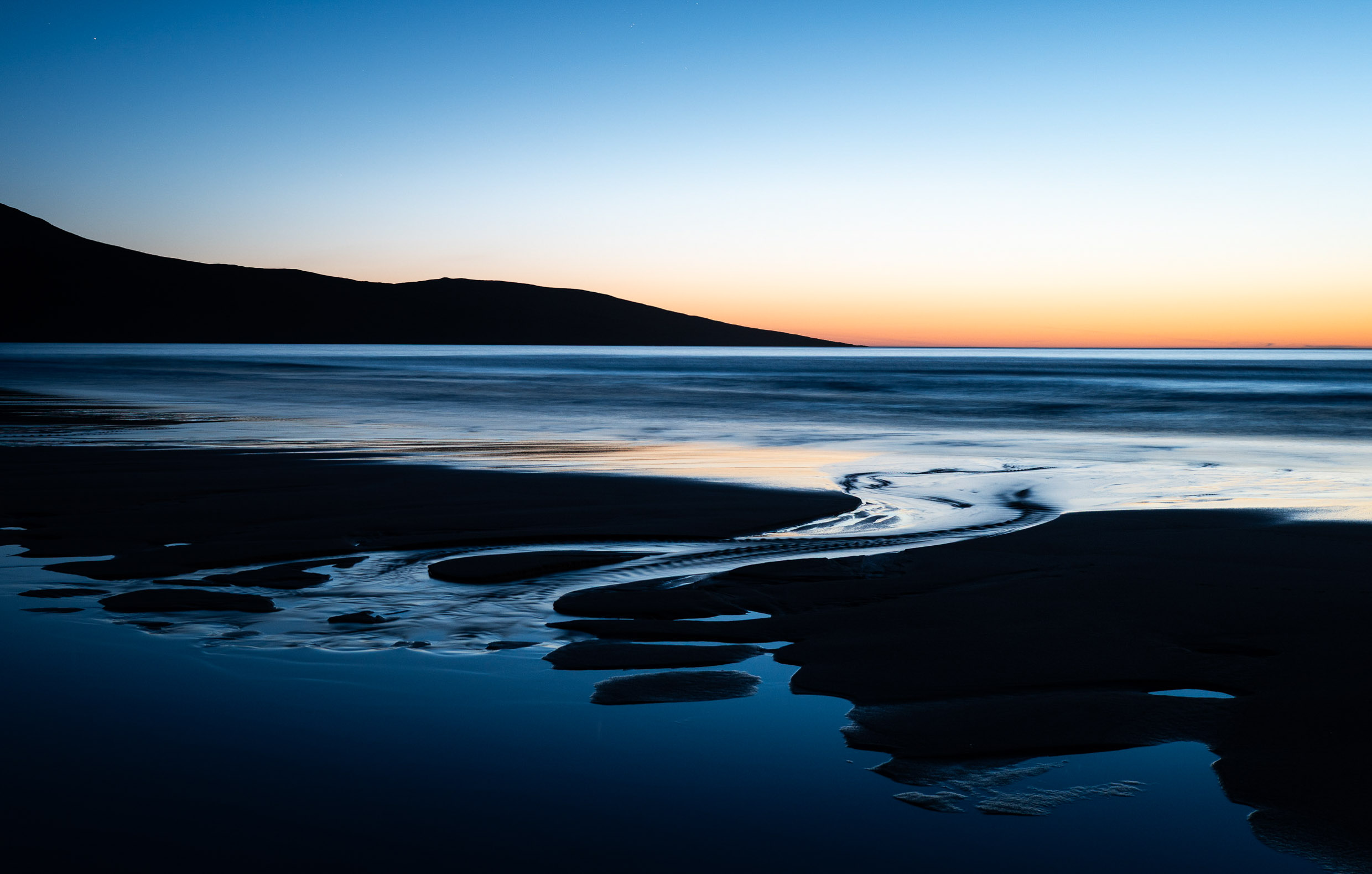
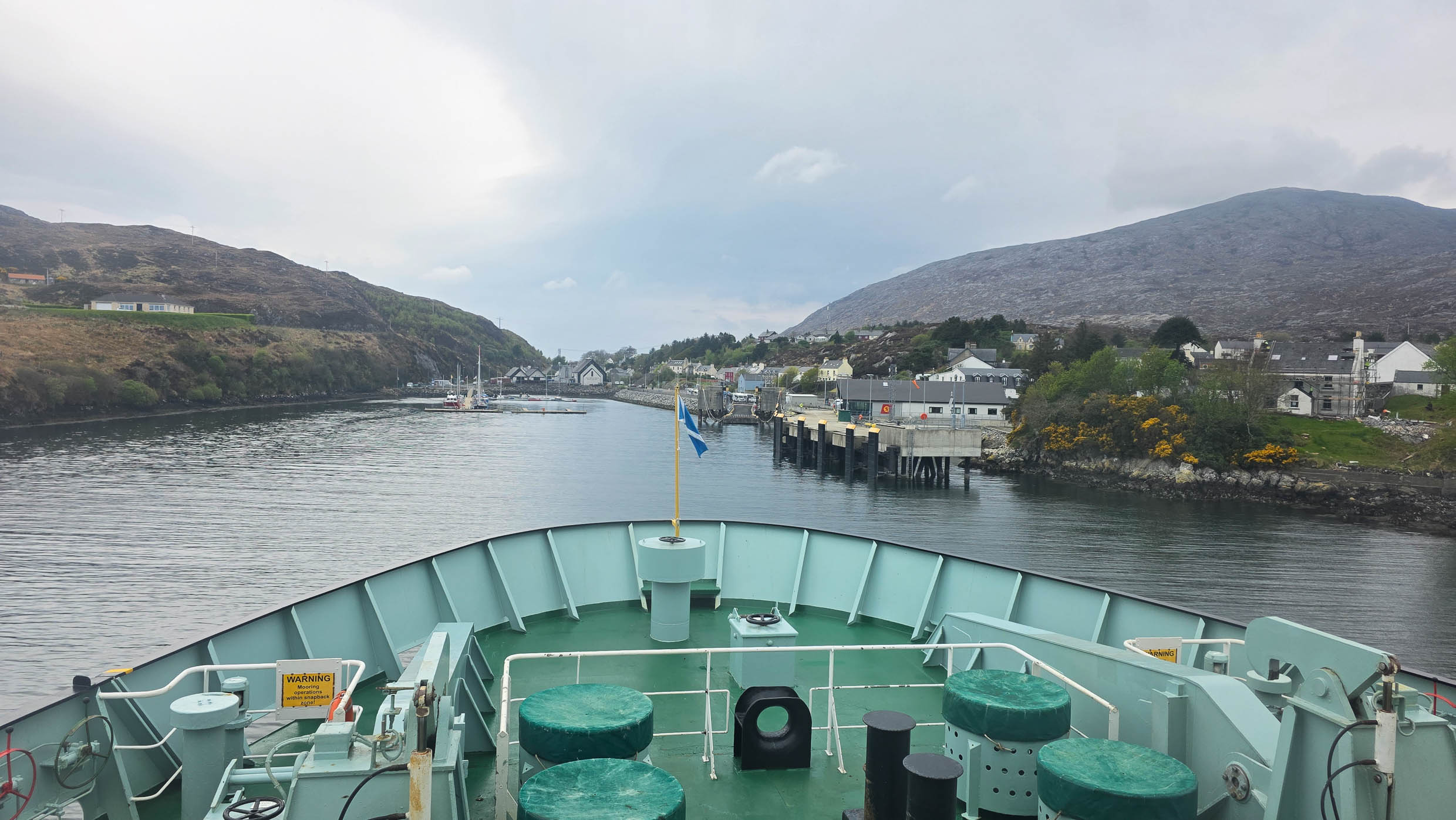
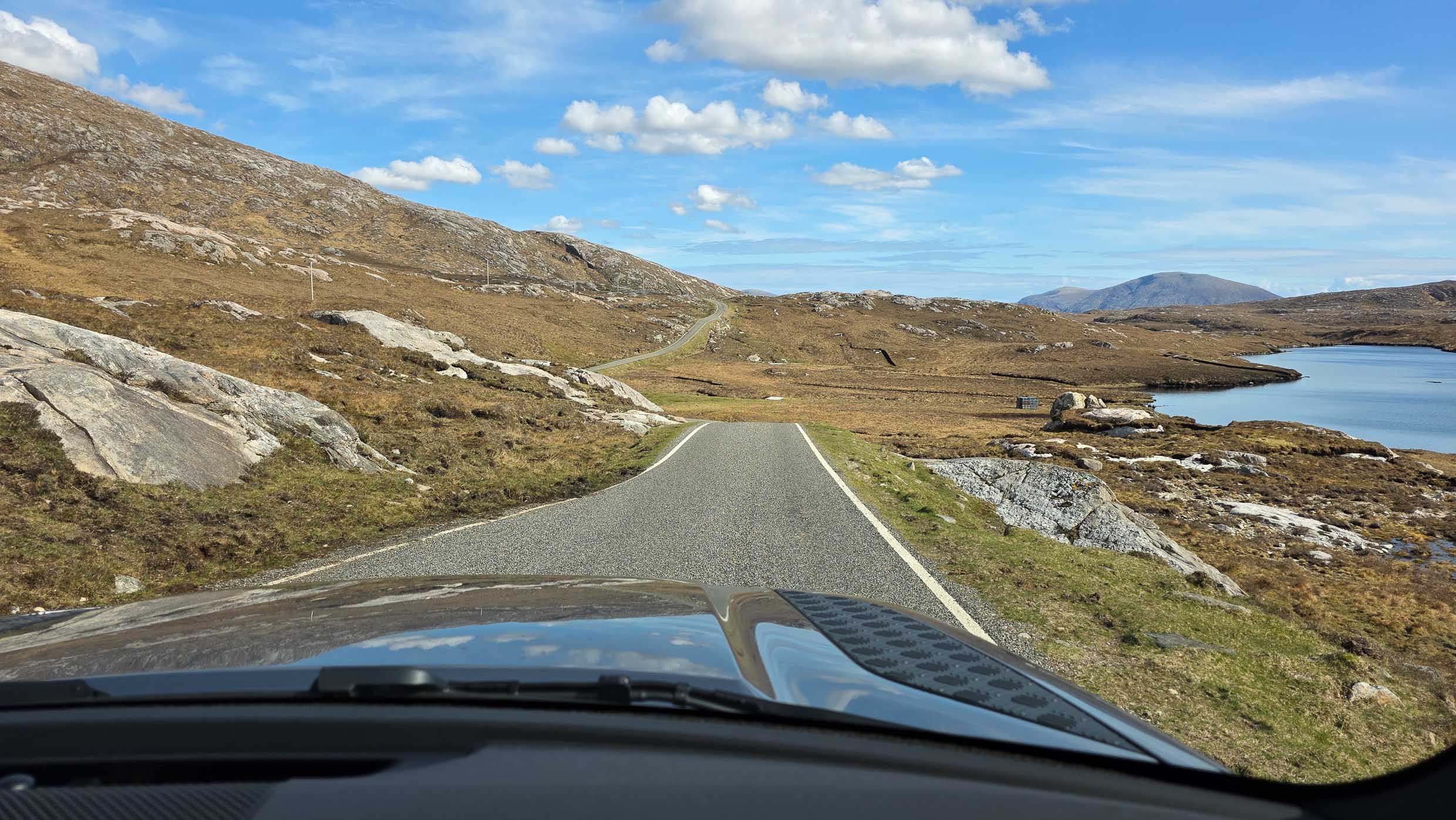

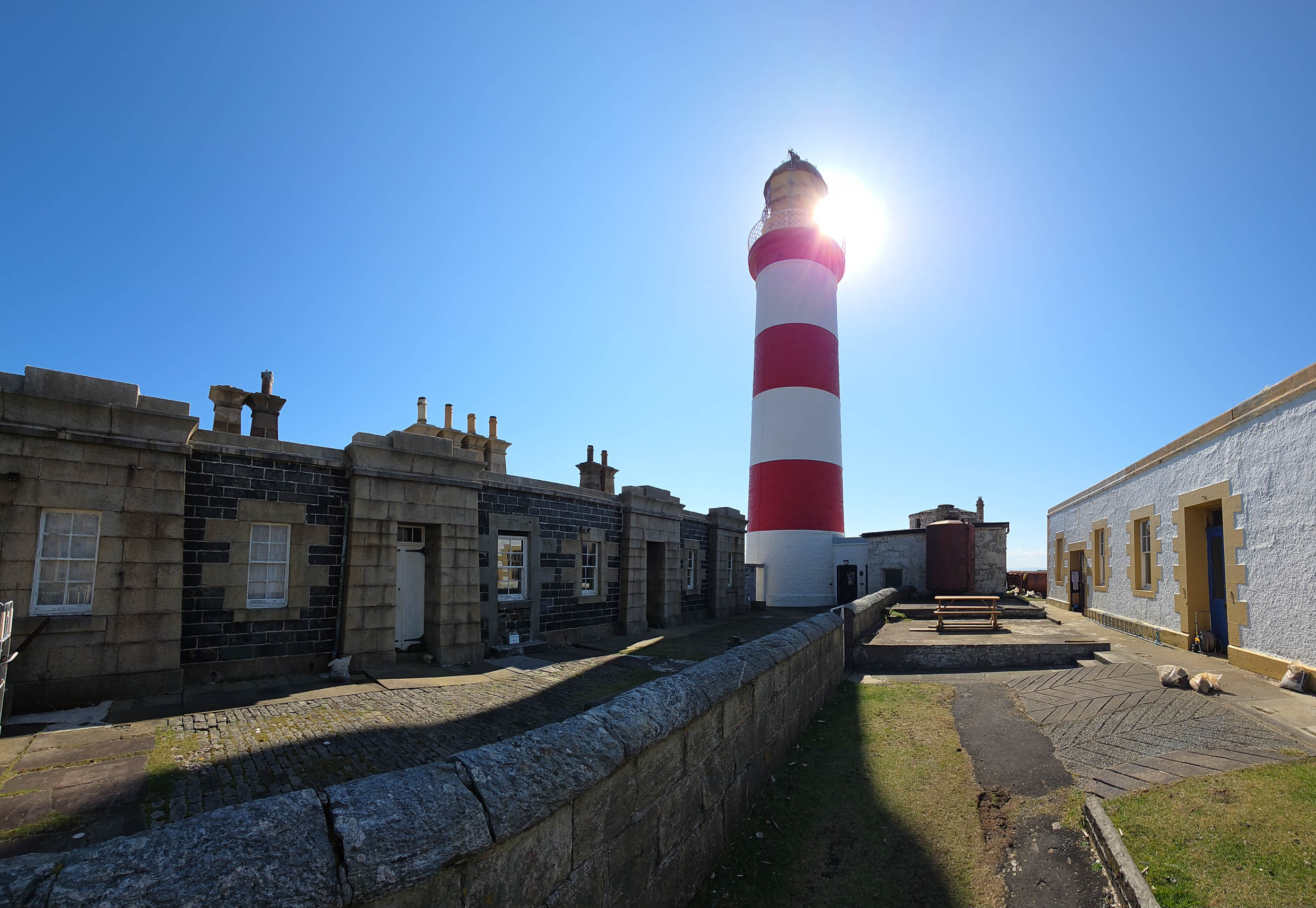
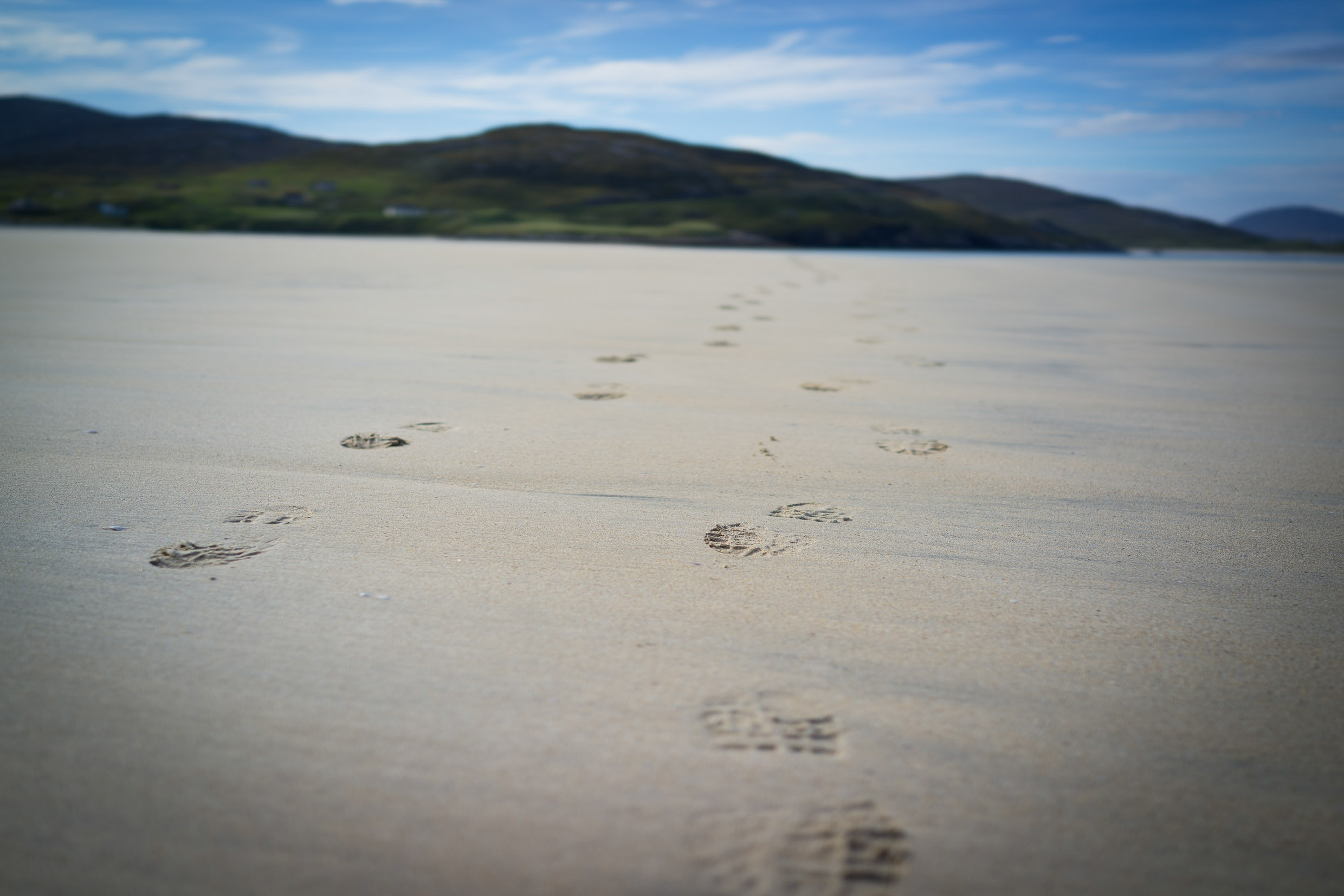
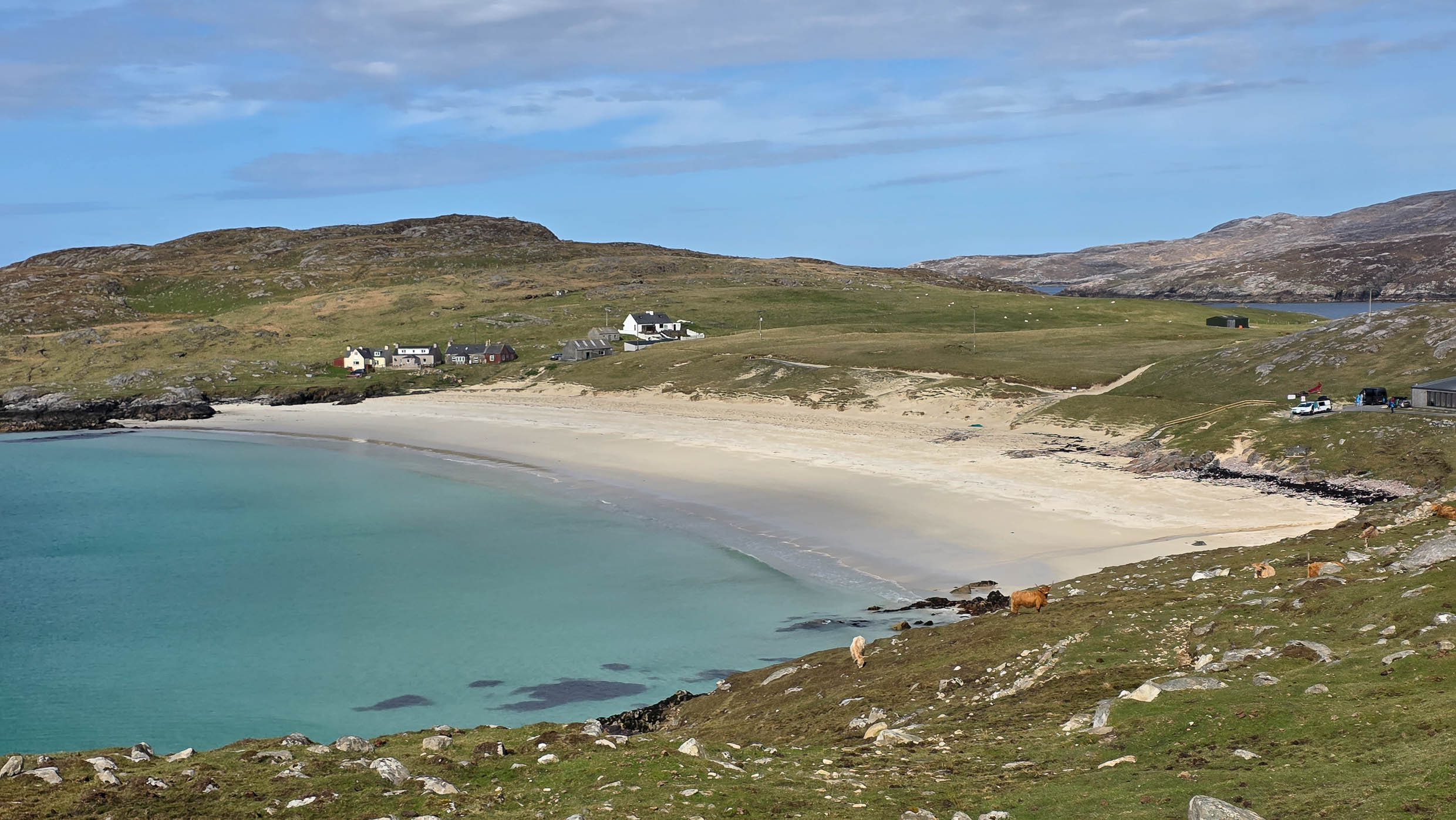
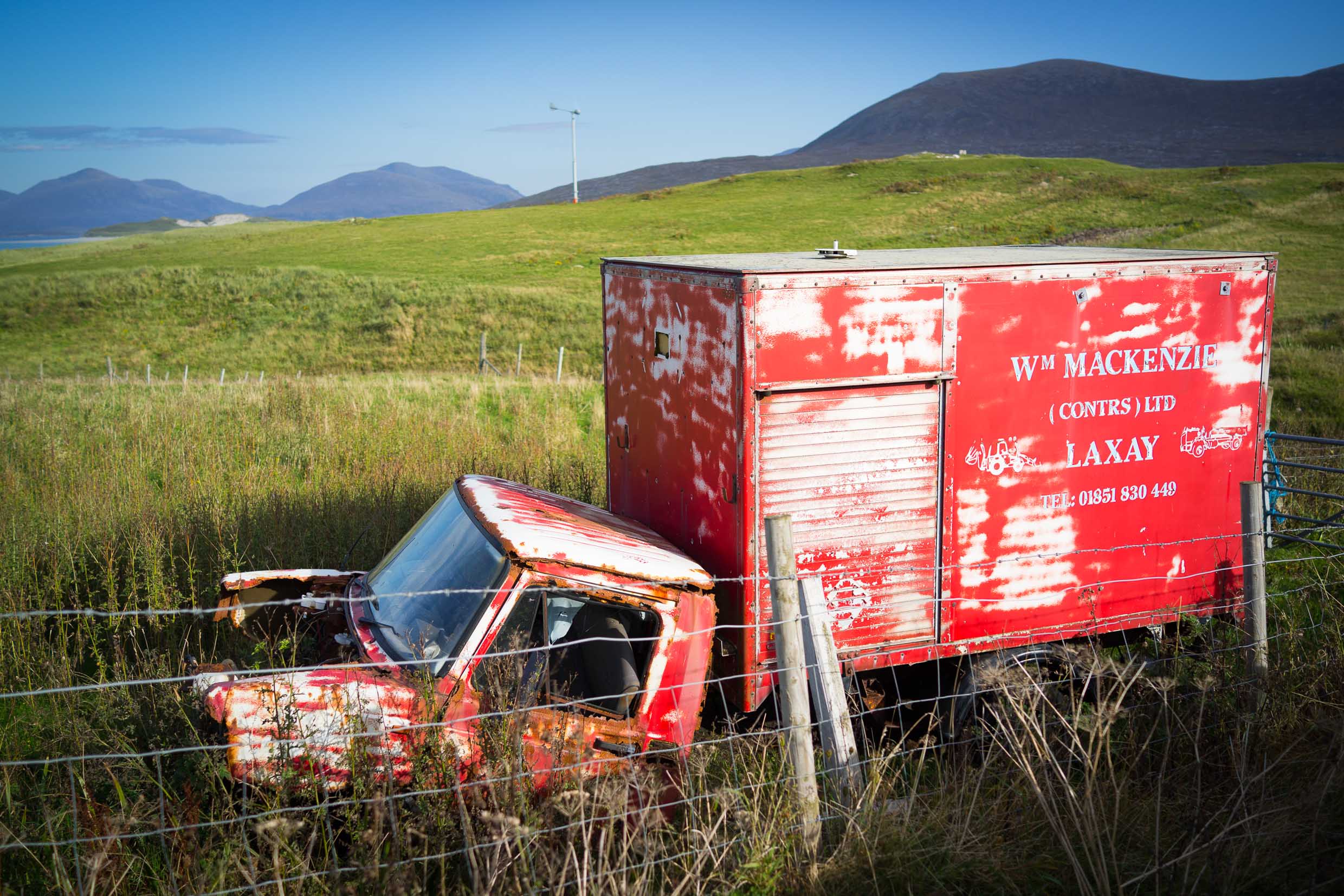
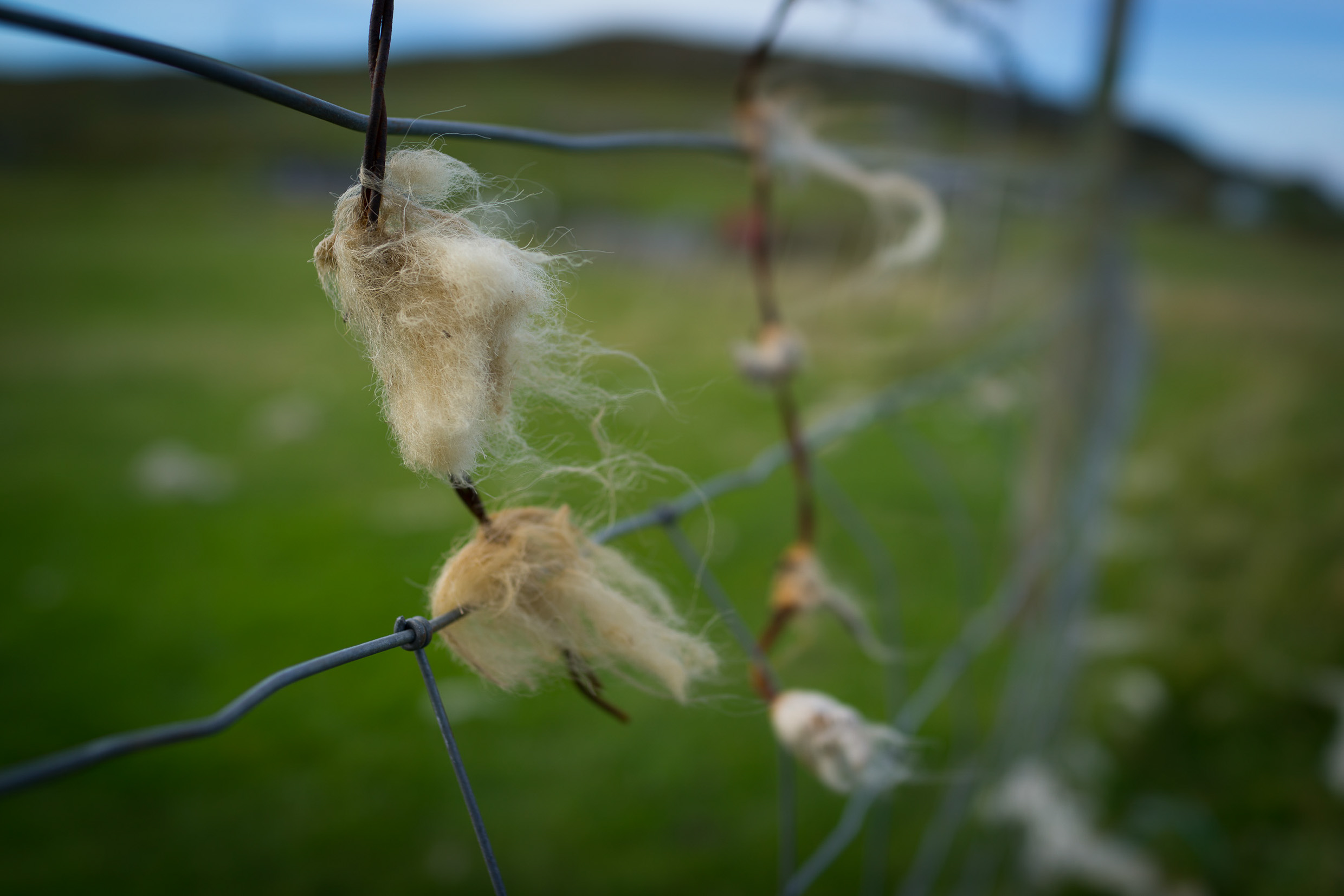
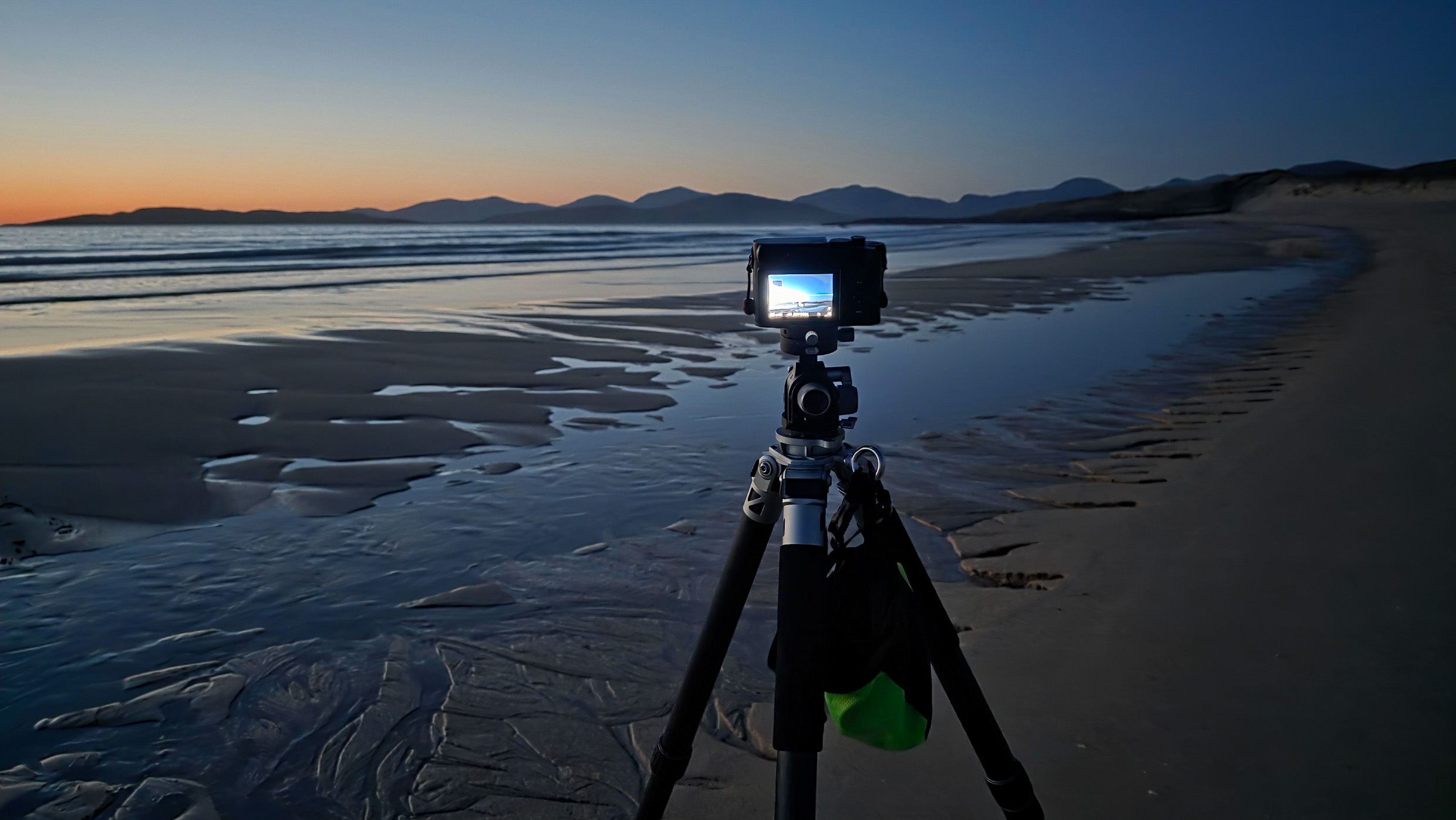
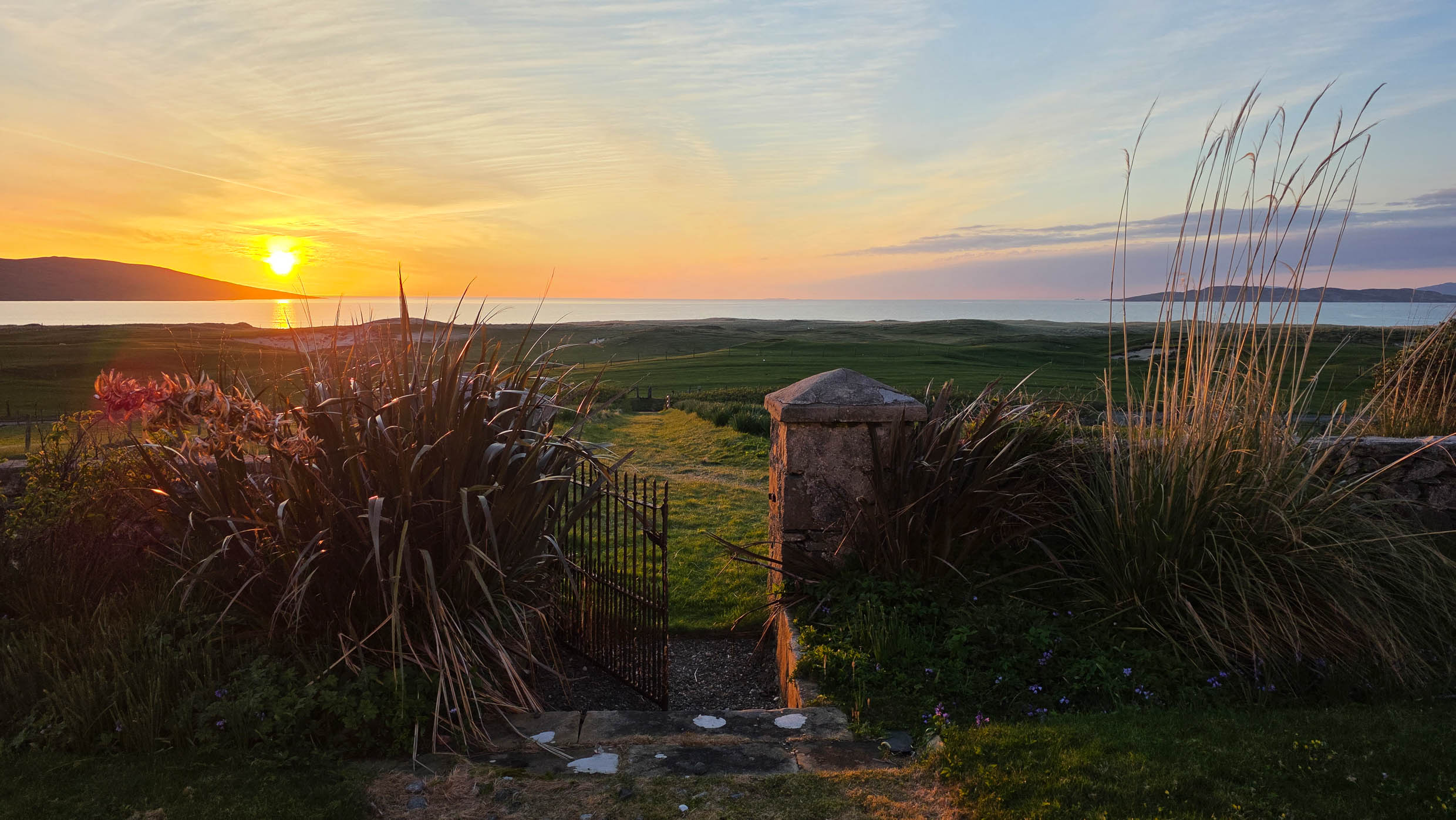
Just bumped into this article and I must say that the images are amazing and inspire me to try something like this. No doubt I wouldn’t succeed but seeing something as good as urges us all to try. Great!
Absolutely wonderful. Lovely imagery and a very interesting read. Thank you!
Cheers
Mark
Thanks Mark – much appreciated. Glad you enjoyed it.
A big thank you also from me, Andy. I was twice on Harris during my abroad year at Glasgow University in 98/99 and never got round to coming back. All the more impressive is this trip down memory lane, also thanks to your stunning photos. All the best for you! Jörg-Peter
You are very welcome. Hopefully you will make it back to see how it has changed, and what has stayed the same.
Andrew
Stunning images of a travel worthy place.
Also, a big “Thank You” for showing how long exposures done well look. I just returned from a weekend workshop and my images, compared to yours, show that I need a lot more practice. 😉
PaulB
Thanks Paul. Practice, and a great location, makes perfect.
Simply stunning long exposure work Andrew, from a very beautiful location.
It was good to read of someone using Urth filters, as I’ve had a set in and out of my basket for a few months now, as I’m off to Yorkshire for some coastal walking soon. I might take a set with me.
Thanks David, much appreciated. I wrote up a review of my Urth filters here on Macfilos. I’m impressed, especially as they are relatively cheap too. I’m sure you’ll love some Yorkshire coastal photograph. It is an area I have never been to and is on my list.
Simply stunning long exposure work Andrew, from a very beautiful location.
It was good to read of someone using Urth filters, as I’ve had a set in and out of my basket for a few months now, as I’m off to Yorkshire for some coastal walking soon. I might take a set with me.
Apologies Mike and Co for the double comment, no idea how it did that. 🤣
The comparison between the 2013 shots and the now shots certainly demonstrate your personal progress, Andy, and if I recollect, you weren’t bad then!
Hi Paul. Yes, it’s been a real “journey” as my photography has evolved. I feel like I know what I’m doing these days. Thanks!
There’s an enormous amount to this article: sehr schwer. as my German tutor would say. Amount of what? Travelogue. Teaching moments on landscape photography — which I found enormously useful. And the photos . . . I have always found it difficult to understand B&W photography. But, your photo of — well, number 4 photo in the ‘abandoned cottages’ series really struck me. I’d happily hang a print of that next to my Hasui ‘Tsushima’ or the Hiroshige (reprint) of Oi (I have a weakness for desolation 🙂 Or, the discussion on the ‘S-shape leading to the distant Ceapabhal’
Following Cicero, I will not even mention the ‘gratinated cod deliciousness’….
That’s extremely kind Kathy, many thanks. To be considered on your wall alongside a Hiroshige is a huge compliment. If you are interested in B&W now, take a look at http://www.lens57.com/glas for my latest project, which should be featuring here on Macfilos in the near future.
Some long exposure images are truly amazing. I was in Harris some 40 years ago and it doesn’t seems to have changed much. I remember the colours of Luskentyre beach which were shifting from slight purple to a blue green when I was there.
Looking forward to seeing more from your imay
Hi Jean. The landscape is still just as rugged and beautiful. What has changed is the increase in the number of high-end houses especially on the west coast, and the increased number of visitors of which Mrs T and I were two thereof.
So, since you’ve laid claim to it, we have no alternative to searching for a Harris ‘look-alike’! But those dinners do sound scrumptious.
I’m sure you could sneak in while I’m not looking 🙂
Lovely long exposures Andrew, thanks. They would look good printed large, framed and hung on a wall. Good travel advice as well.
Thanks Kevin. Agreed on being printed large. I’m out of wall space annoyingly so I might have to have a re-plan.